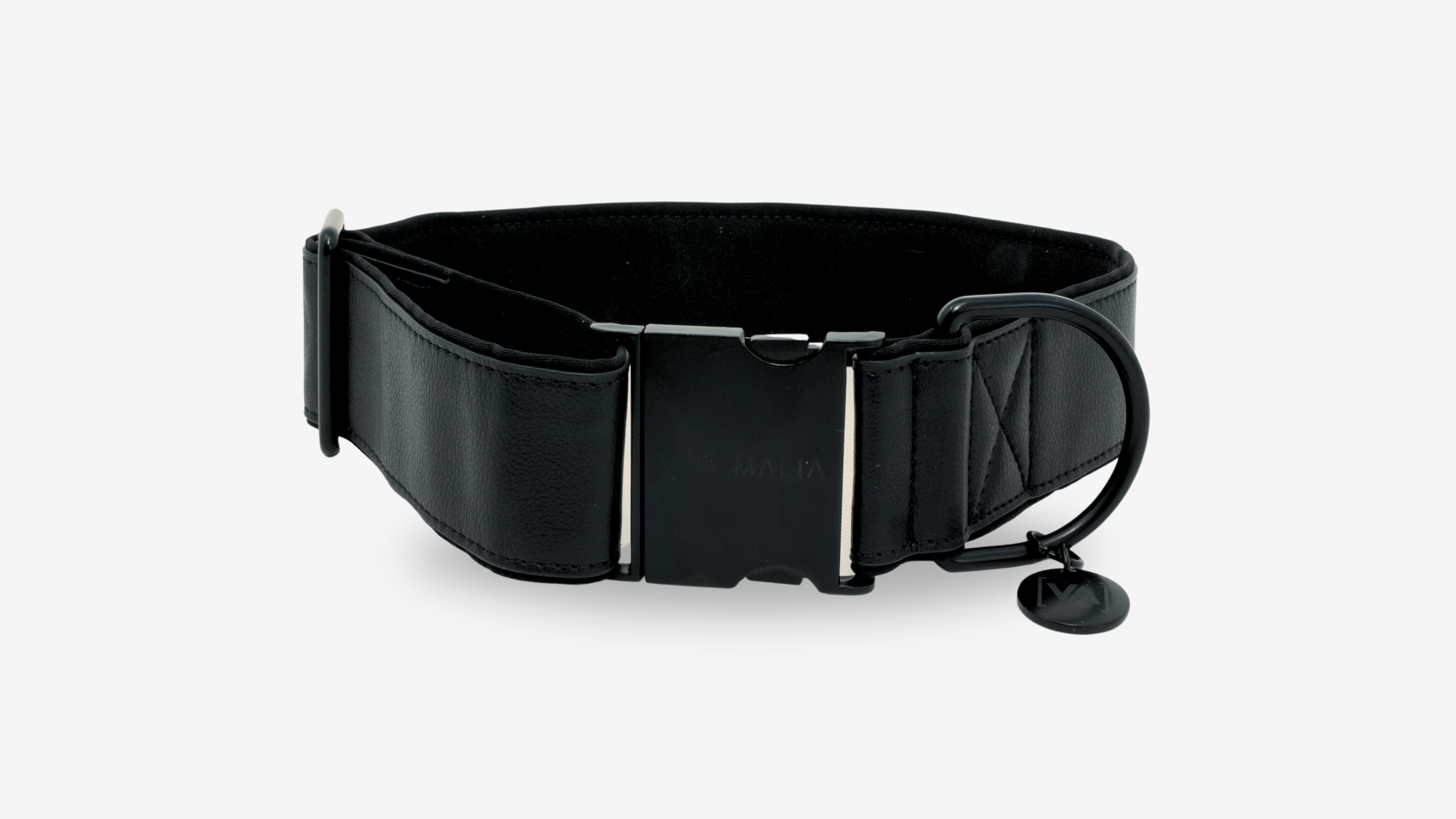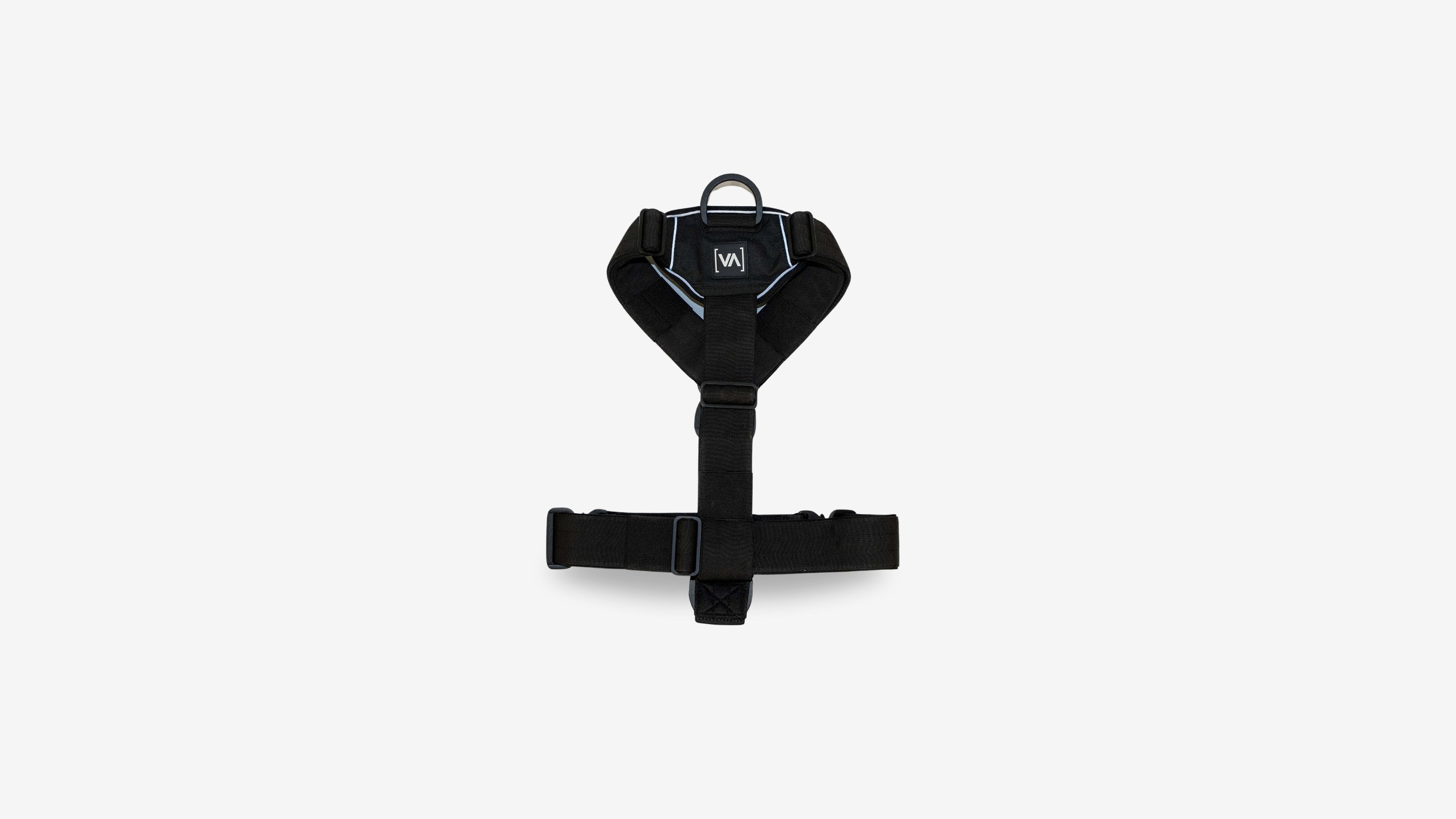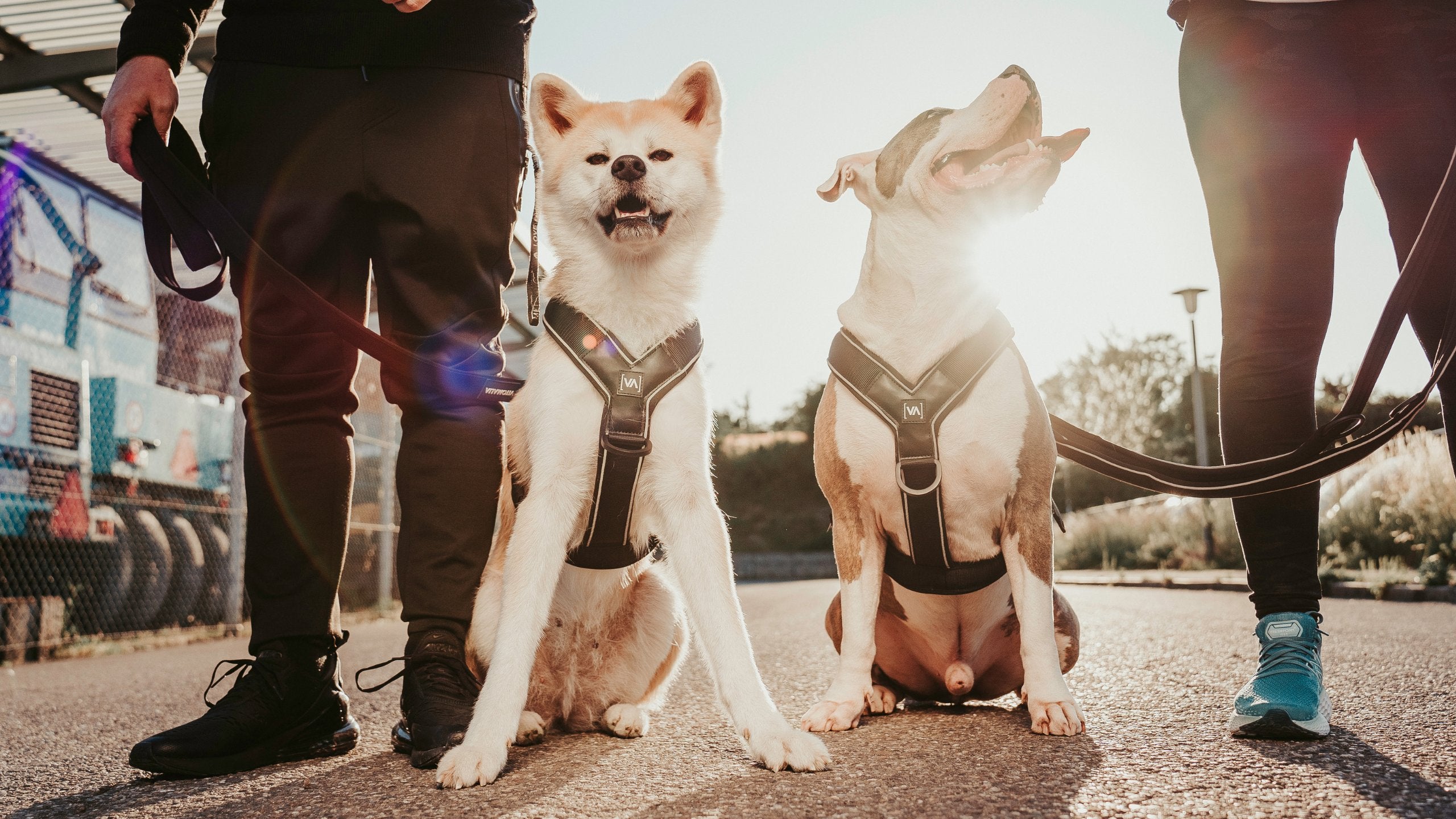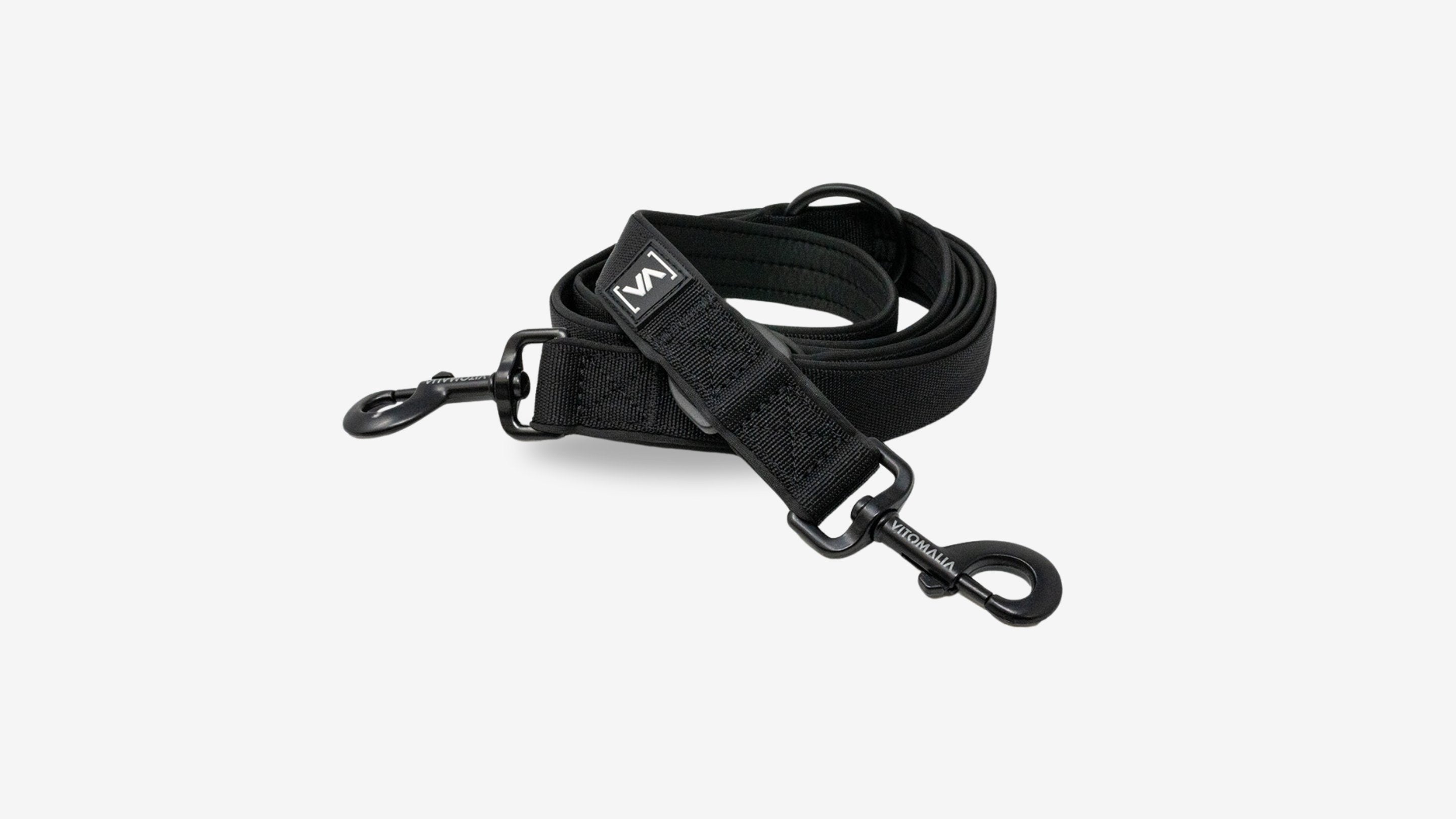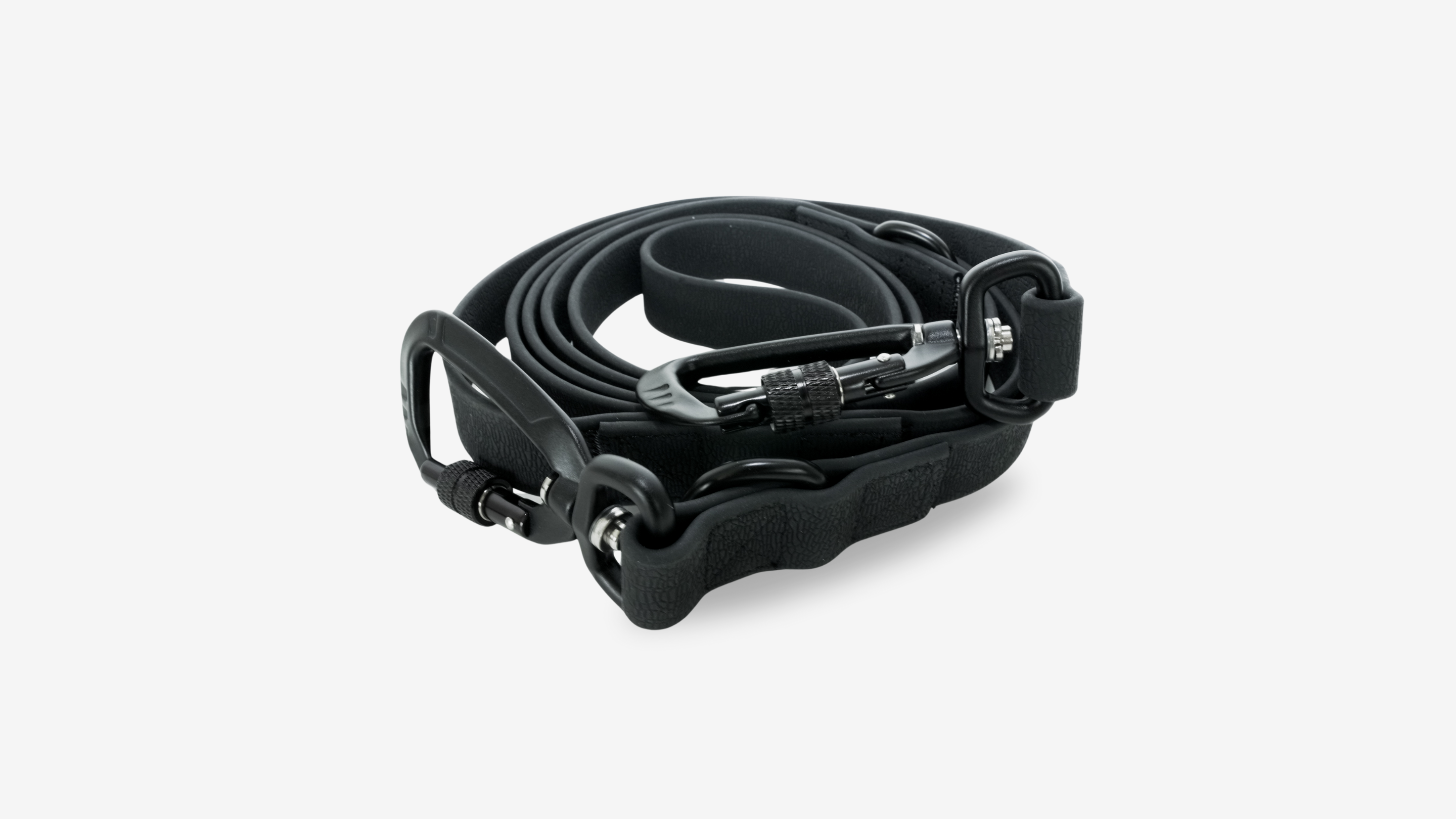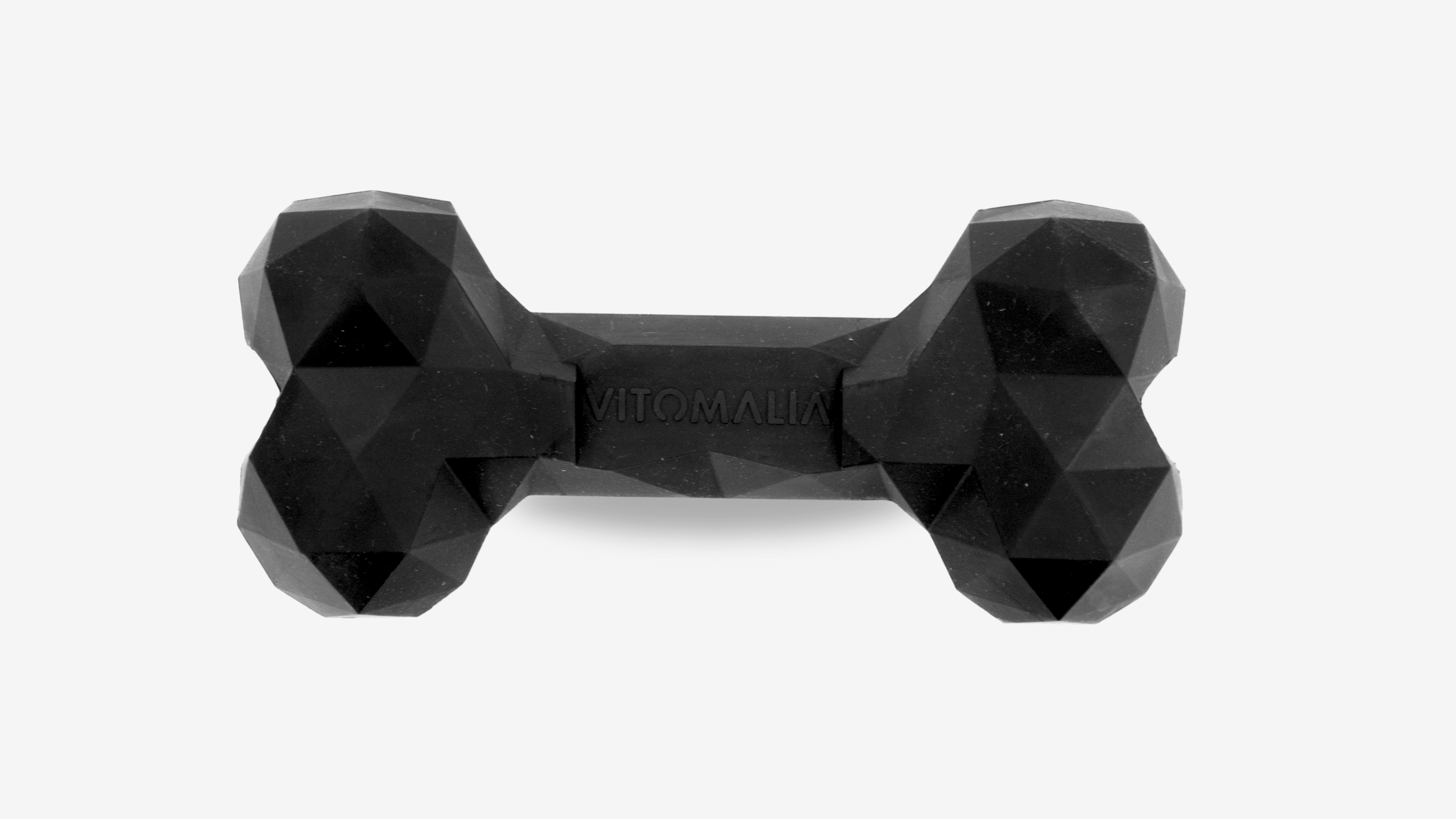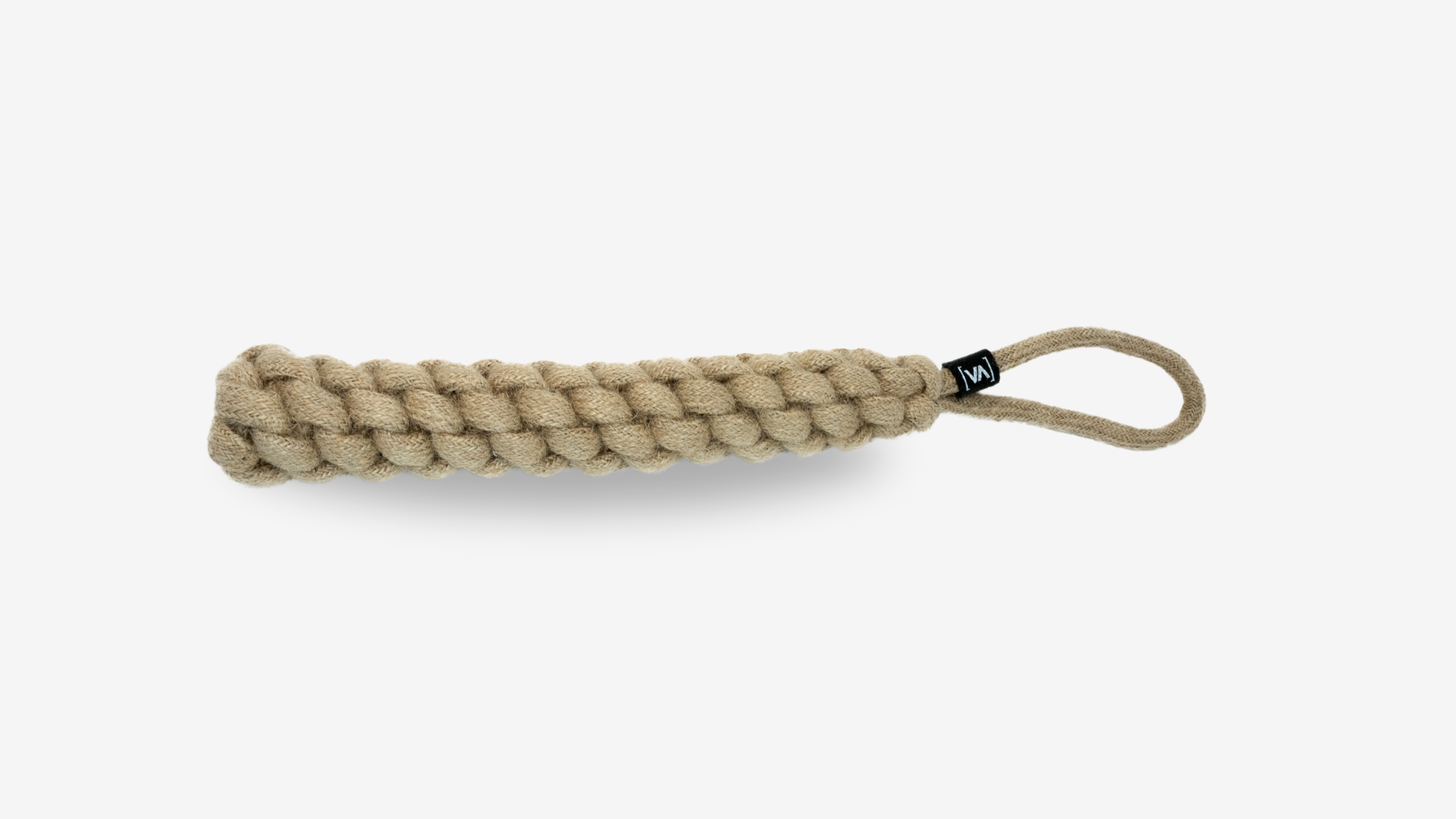What is a real pit bull? Racial distinction
Introduction
The term “pit bull” is often used and is considered a kind of umbrella category for different dog breeds. In this blog we would like to explain more about the real pit bulls, i.e. the American Pit Bull Terrier, and explain to you the most important differences between the bull and terrier-like breeds.
Table of contents
The term pit bull
The term “pit bull” often causes confusion, especially among those unfamiliar with dog breeds. The origin of the term can be traced back to the early days of dog fighting, when the Bull & Terrier had to compete against each other in small fighting arenas called “pits”. During this time, there was no clear distinction between different breeds such as the American Pitbull Terrier, American Staffordshire Terrier, Staffordshire Bull Terrier and Bull Terrier. However, all of these breeds are the result of various crosses of the original Bull & Terrier.
Nowadays, “Pitbull” is more of a collective term that is widely used in the USA. It refers to a specific phenotype or appearance, rather than a specific breed. This phenotype is characterized by a muscular build, a broad skull and strong jaw muscles. However, this is where the confusion begins, as many different dog breeds can exhibit these physical characteristics, including the American Bully, Dogo Argentino, American Bulldog, Rottweiler and many other athletic and massive breeds.
Because the term “pit bull” refers to a range of characteristics, primarily physical, rather than a specific breed, it can be easily misunderstood and misinterpreted. Over time, the term was also adopted in German-speaking countries, resulting in an even larger number of breeds being referred to as “pit bulls”. As a result, there are often misunderstandings when it comes to what a “real pit bull” actually is. Media likes to use the term to spread misinformation and negative propaganda.
Big confusion about the differences
The term “pit bull” now only describes one phenotypes or one Art of dog. Since almost all dog owners think they have a “Pitbull”, there is more and more confusion and no one really knows what a “Pitbull” is, what an “American Pitbull Terrier” is or what an “XL Pitbull” is should. Things get completely confusing when the BILD newspaper posts an article about a Rottweiler and writes “Pit bull bites child” in large letters on the front page. In the media, every possible breed is pushed under “pit bull”. According to the media, every dangerous dog is a “pit bull”.
Despite the frequency of the term “pit bull,” there is often uncertainty about what exactly a pit bull is. Especially in Germany it is difficult to recognize a real American Pitbull Terrier. The reason for this is that the importation of this specific breed into Germany is prohibited, which means that only about 5% of the dogs that are called Pitbulls in Germany are true American Pitbull Terriers. The American Pitbull Terrier is also not a member of the international breeding association FCI, unlike the American Staffordshire Terrier. Instead, American Pitbull Terriers are bred by the UKC or ADBA, two organizations that have less of a presence in Germany than the FCI. Therefore, most dogs in Germany that are referred to as “pit bulls” are actually mixed breeds, American Staffordshire Terriers or other breeds. In other countries, such as Switzerland and Austria, import regulations are less strict depending on the state or canton, and therefore there are more real American Pitbull Terriers represented there. It is therefore important to be aware that the term “pit bull” can have different meanings depending on location and context.

Why is the general term “pit bull” a problem?
In principle, it is not a bad thing if dog breeds are grouped together under one type or a collective term. It's similar with sheepdogs, for example. There are countless different German Shepherds: the German Shepherd, the Swiss Shepherd, the Belgian Shepherd, etc. But things become problematic when the term “pit bull” is primarily associated with negative headlines. The media keeps reporting on it. The term “pit bull” simply sells much better than naming the actual breed. For example, since many readers don't know what a Staffordshire Bull Terrier is or what it looks like, a headline that says "Staffordshire Bull Terrier Bites Child" sounds less memorable and interesting than "Pit Bull Bites Child." Every reader immediately has an image of a beast in their head.
The collective term “Pitbull” essentially contributes to the American Pitbull Terrier and other similar breeds becoming very disreputable. This stigmatization makes it increasingly difficult for dog owners of the breeds that fall under the collective term “pit bull” to fight against the prejudices. In this case, a collective term is more harmful to the reputation of these breeds than really helpful or meaningful. Every serious lover of these breeds and anyone who wants to fight for a better reputation of these dogs should urgently learn the exact differences. In this way we can prevent all of these breeds from being lumped together and continuing to be dragged through the mud. It should always be remembered that if breeds were listed separately under biting statistics, incidents and other reports, the numbers of such negative events would be much lower.

Differences between dog breeds
We would like to shed some light on the matter and show you the differences between the breeds that are usually referred to as “pit bulls”. On the one hand, a distinction is made between the bull-like terriers that come from the Bull & Terrier such as: American Pitbull Terrier, American Staffordshire Terrier, Staffordshire Bull Terrier and Bull Terrier. All of these breeds come from various crosses of the Bull & Terrier of the time. The four breeds were mixed from the old type of bulldog with some terriers and, after careful selection, the breeds we know today came about.
Bull Terrier
The bull terrier is the easiest to distinguish from the bull-like terriers. Surprisingly, most non-experts think that the Bull Terrier is a “pit bull”. If we e.g. For example, if we tell you that we have a pit bull, the question immediately comes: “The white ones with that funny nose?” Visually speaking, the Bull Terrier looks least like the American Pit Bull Terrier. The rounded snout is particularly distinctive for them and they are therefore often affectionately called “banana noses”. There is now a miniature form of the Bull Terrier, the Miniature Bull Terrier. In contrast to the Bull Terrier, the Miniature Bull Terrier is not on a discriminatory breed list as long as the height at the withers does not exceed 35.5 cm.

Staffordshire Bullterrier
The Staffordshire Bull Terrier is relatively small, with a maximum height of 40.5 cm at the withers. It has a round-square skull (almost heart-shaped), which makes her head look very cute. In contrast to the other three bull-like terriers, its muzzle is shorter and the body is significantly smaller.

American Staffordshire Terrier
The American Staffordshire Terrier is the largest of the four bull-like terriers. It has a wide skull and is the heaviest. The physique is stable, broad and solid, yet athletic. He looks most similar to the American Pitbull Terrier. However, the American Staffordshire Terrier is wider, larger and less agile than the American Pitbull Terrier. This is quite logical, because the American Staffordshire Terriers have exactly the same origins and were one and the same breed for a long time. It was only around 1900 that the desire for a showline grew. The breeders did not come to an agreement and so the breeders were divided into what is now known as the American Staffordshire Terrier. It was first registered by the AKC in 1936. Visually speaking, the American Staffordshire Terrier has since become larger and stockier than its counterpart - the American Pitbull Terrier. To date, they cannot be differentiated genotypically. This means they will get identical results with a racial DNA test. Phenotypically, it also takes some practice to recognize the difference directly. Once you get the hang of it, you won't mix it up again.

American Pitbull Terrier
The American Pitbull Terrier is the real “Pitbull”. In contrast to the three breeds mentioned above, he is a very agile, wiry and delicate dog. With an American Pitbull Terrier, there is very little beefiness. American Pitbull Terriers from the UKC breed association look very similar to the American Staffordshire Terrier. In the breeding history of the UKC, many American Staffordshire Terriers were bred purely. However, if you look at the American Pitbull Terriers from the ADBA breeding association, you can see the clear difference between the American Pitbull Terrier and the American Staffordshire Terrier. He is a real terrier through and through and as an athlete is therefore much narrower and smaller than the American Staffordshire Terrier.

American Bully
As an extension of the American Pitbull Terrier, the American Bully was recognized as an independent breed by the UKC in 2013. Today there is still debate about whether the American Bully is a real breed or not. The fact is, however, that it has little in common with its origins, the American Pitbull Terrier. A few Molossers were crossed into the American Pitbull Terrier. The result was a breed that was beefy and no longer resembled the character of the American Pitbull Terrier. The American Bully comes in all different shapes and standards. This makes this breed very confusing. The American Bully (no matter what form) is particularly noticeable due to its mass. Most American Bullies start at 30kg. In terms of personality, there is no terrier in him. In his nature he is therefore much more sluggish compared to the bull-like terriers.
Danger! There is a lot of confusion between the name and the American Bulldog here, but they are two very different breeds.

Vitomalia's conclusion
In summary, the term “pit bull” encompasses much more than just a single breed of dog. Rather, it is a collective term that includes many different breeds with similar physical characteristics. Despite the widespread use of the term, especially in the media, few people have a clear idea of what constitutes a true American Pitbull Terrier. This is largely due to the fact that the import of this specific breed into Germany is severely restricted and the breed does not belong to the international breeding association FCI.
The prejudice and stigma created by the term “pit bull” negatively impacts many dog breeds and makes it difficult for owners to combat these misconceptions. It is therefore important to understand the exact differences between each race and work to ensure that they are accurately portrayed in the media and society at large. By becoming more educated about the different breeds that fall under the term "pit bull" and sharing this information, we can help improve the situation for these wonderful and often misunderstood animals.
As soon as you look closely at the breeds and study them, you will quickly see the differences. By the way: Don't be influenced by Google images, they often show a lot of things, but not the right breed. If you want to be sure, take a look at the breed standards of the respective associations.
What exactly does the term “pit bull” mean?
The term “pit bull” originally comes from the time when the Bull & Terrier was used in dog fights in so-called “pits”. Today in the United States the term is used primarily to describe a phenotype or appearance, not a specific breed. It refers to dogs that are muscular and have a broad skull with pronounced jaw muscles.
What's the problem with the general term "pit bull"?
The problem lies primarily in the use of the term “pit bull” in negative contexts, particularly in the media. This results in the American Pitbull Terrier and similar breeds being stigmatized and making it difficult for dog owners to combat the prejudice.
How can I learn the differences between these breeds?
It is important to become familiar with each breed and their specific characteristics. A good source is the breed standards of the respective breeding associations. By taking a close look at and knowing these breeds, we can help reduce stigma and miscategorization.




